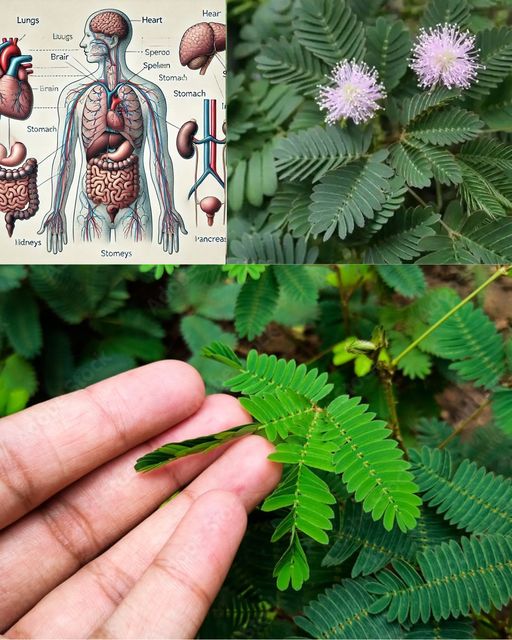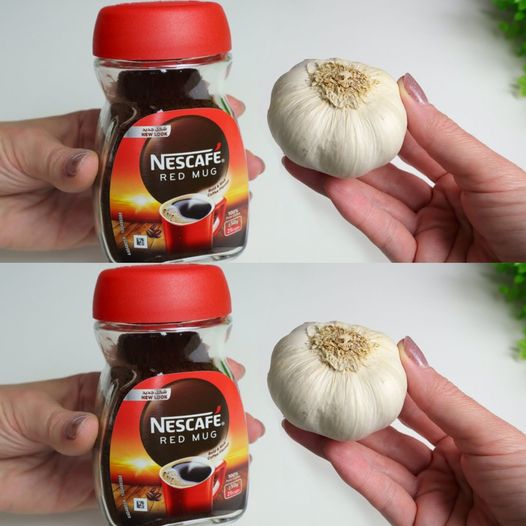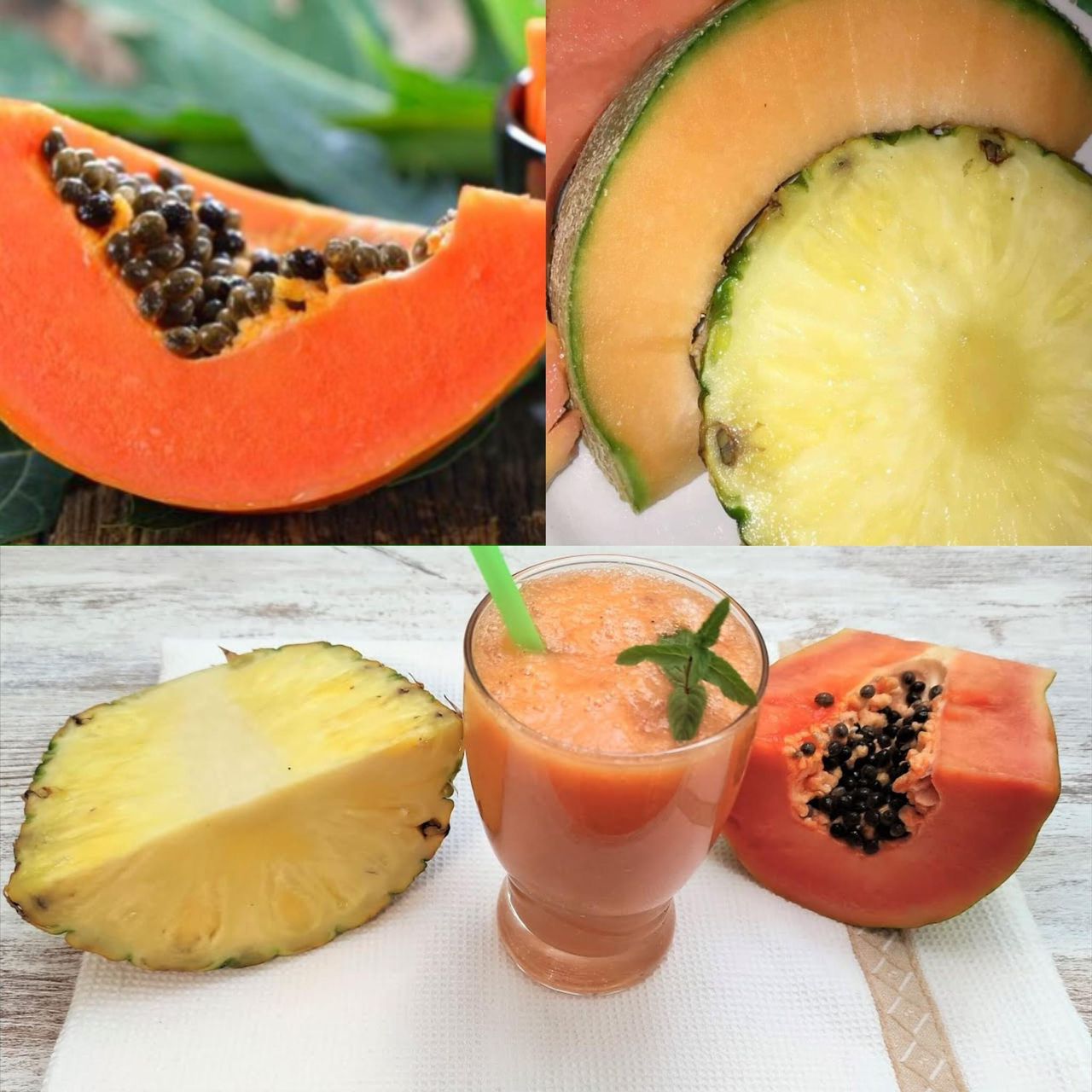The Sensitive Plant: A Hidden Health Treasure

Introducing the Mimosa Pudica
You’ve likely encountered this fascinating plant, often called the “touch-me-not” or “sensitive plant.” Its leaves fold up when touched, a unique defense mechanism that has captured the attention of many. But beyond its intriguing behavior, the Mimosa Pudica, or Mimosa pudica, holds a wealth of medicinal properties that have been recognized for centuries in traditional medicine systems like Ayurveda.
Health Benefits of Mimosa Pudica
-
Anti-inflammatory Properties:
- Studies have shown that compounds in Mimosa Pudica can help reduce inflammation, making it beneficial for conditions like arthritis and joint pain.
-
Antioxidant Powerhouse:
- The plant is rich in antioxidants, which combat oxidative stress and protect cells from damage. This can help prevent premature aging and chronic diseases.
-
Neuroprotective Effects:
- Some research suggests that Mimosa Pudica may have neuroprotective properties, helping to protect brain cells from damage.
-
Antimicrobial Activity:
- The plant exhibits antimicrobial properties, making it useful in treating infections.
-
Wound Healing:
- Traditionally, Mimosa Pudica has been used to promote wound healing due to its astringent and antimicrobial properties.
How to Use Mimosa Pudica
While it’s important to consult with a healthcare professional before using any herbal remedy, here are some traditional ways to incorporate Mimosa Pudica into your wellness routine:
- Topical Application:
- The leaves can be crushed and applied topically to wounds, skin irritations, or insect bites.
- Herbal Tea:
- Dried Mimosa Pudica leaves can be brewed into a tea, which can be consumed to reap its internal benefits.
- Dietary Supplement:
- Mimosa Pudica is available in supplement form, but it’s essential to consult with a healthcare provider before using it.





